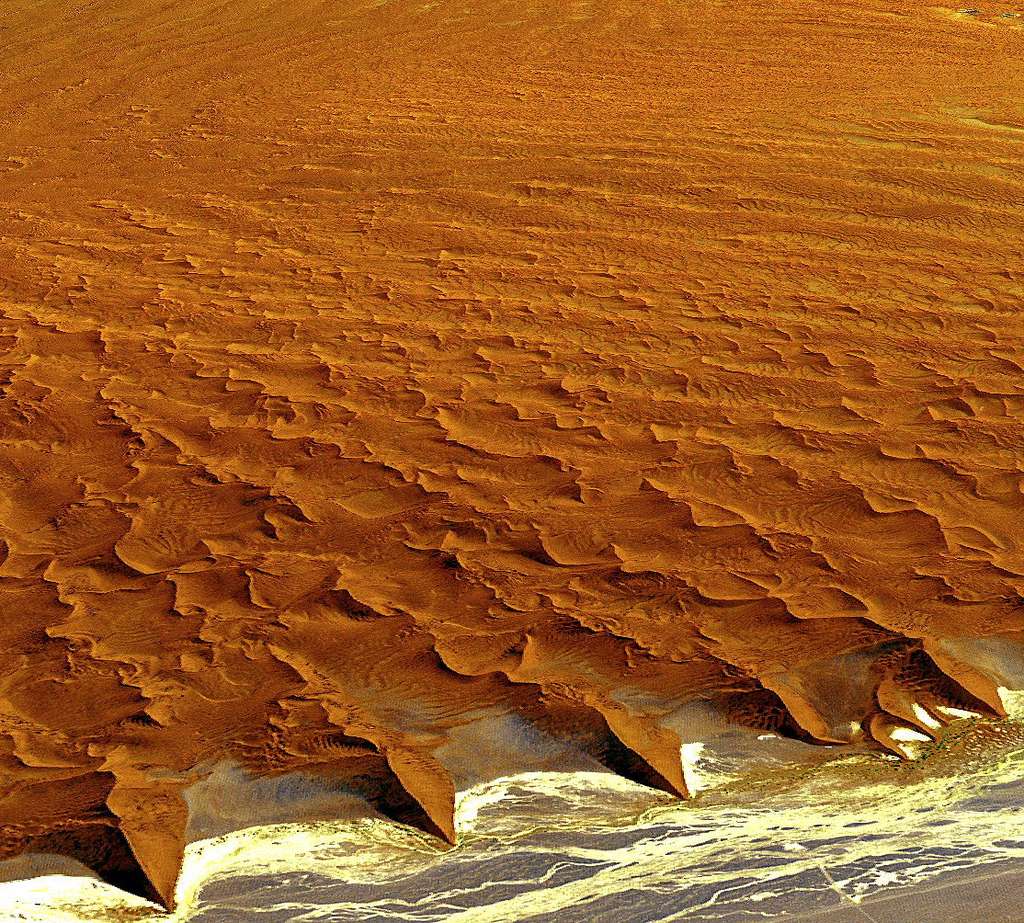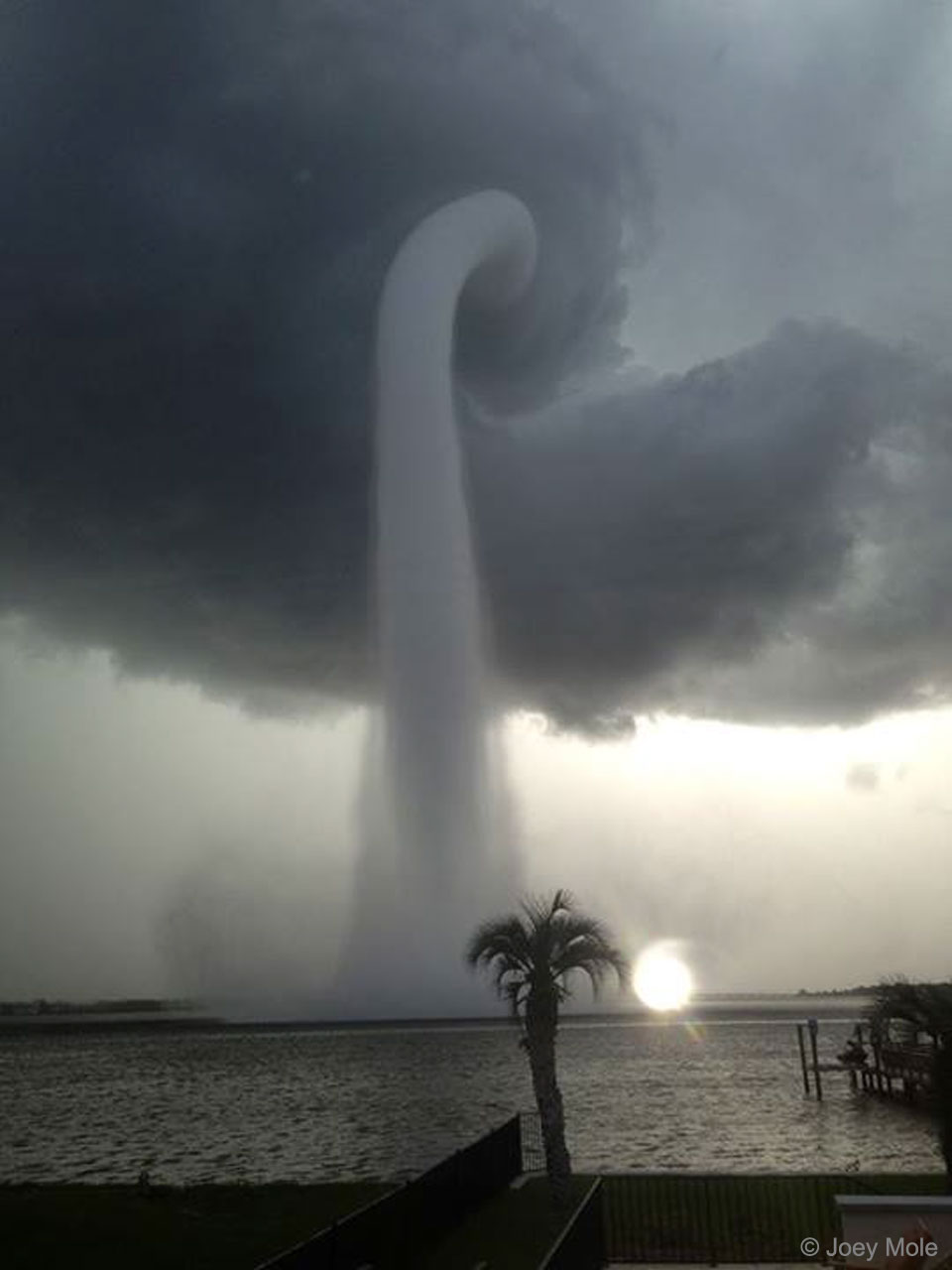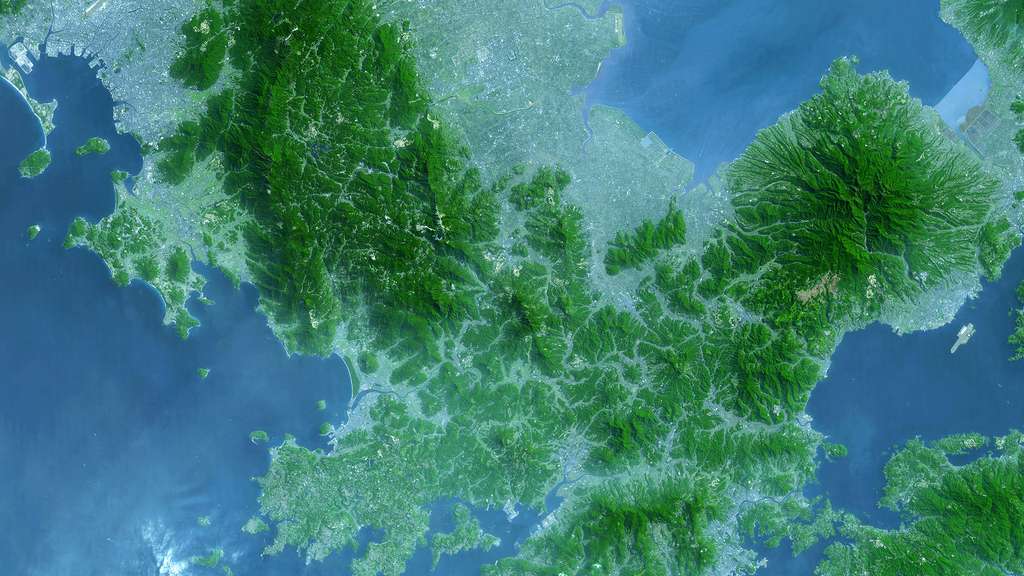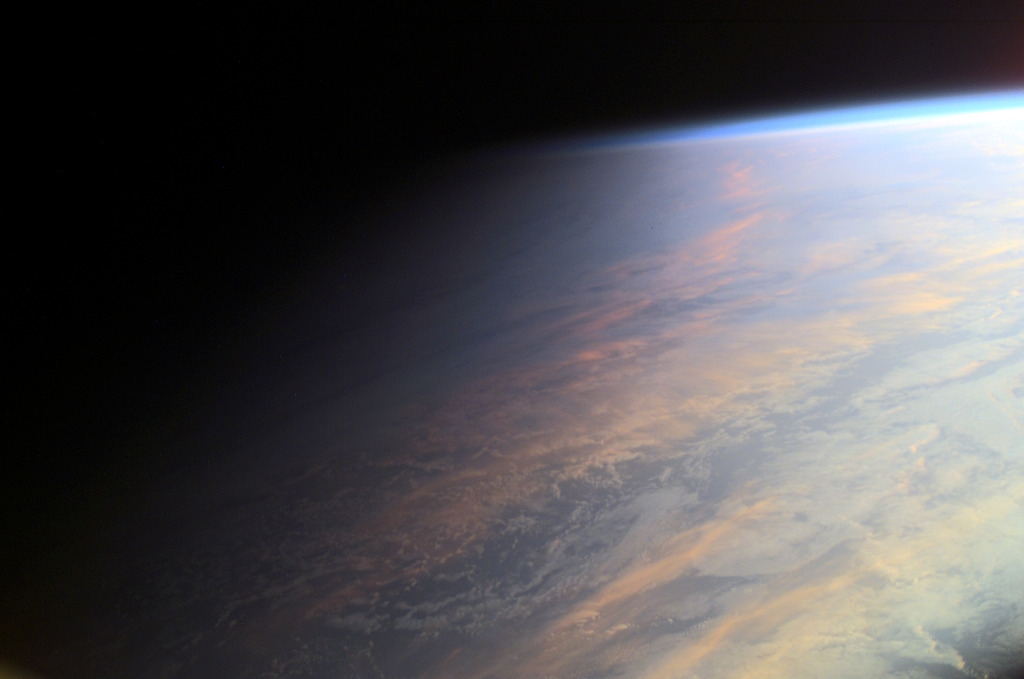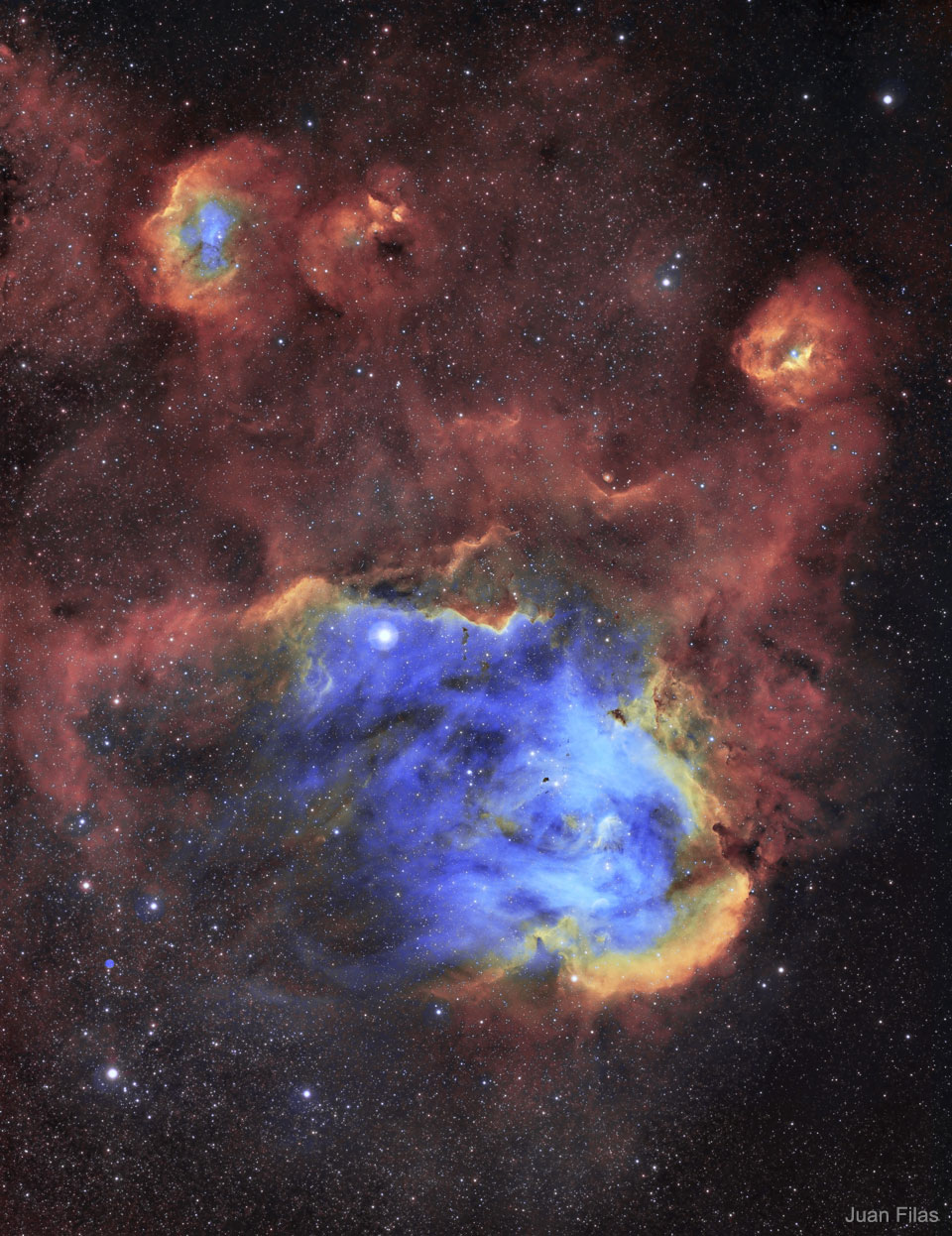 Un anticorps monoclonal capable en laboratoire de neutraliser le virus SARS-CoV-2, responsable du Covid-19, a été identifié par une équipe de chercheurs néerlandais.
Un anticorps monoclonal capable en laboratoire de neutraliser le virus SARS-CoV-2, responsable du Covid-19, a été identifié par une équipe de chercheurs néerlandais.
Cet anticorps neutralisant contre le coronavirus responsable du Covid et aussi contre celui responsable du Sras de 2003, pourrait constituer une piste pour la "prévention et le traitement" de ces maladies, selon l'article des chercheurs publié lundi par la revue scientifique Nature.
L'équipe associée à l'Université d'Utrecht et au Centre médical Erasmus de Rotterdam sous la direction de Berend-Jan Bosch et de Frank Grosveld, a créé 51 lignées cellulaires produisant des anticorps visant une protéine remarquable à la surface des deux coronavirus. Cette même protéine est impliquée dans l'arrimage du virus SARS-CoV-2 au récepteur ACE2 à la surface des cellules humaines et joue un rôle clé dans le processus infectieux du Covid-19. Un test a ensuite été mis au point pour déterminer si les anticorps étaient capables de neutraliser les deux coronavirus. Un de ces anticorps a montré une "activité neutralisante" tant sur le virus du Covid-19 que sur celui du Sras.
D H - Belgique
